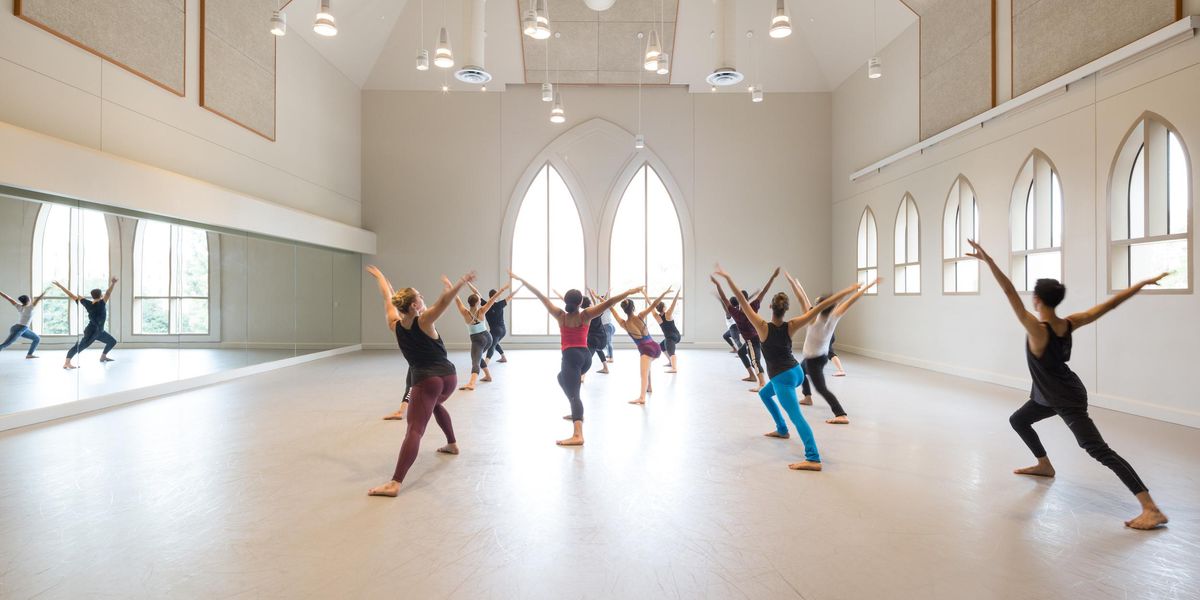Italy, By Land, Sea, and Ballet: The Positano Prize
Below Naples, Southern Italy, the coast stumbles into the Mediterranean, a dazzling blue, in a chaos of steep rocks that have survived millennia of volcanic activity.
When I was invited to attend the opening ceremonies of Premio di Danza, the first weekend in September, I had vaguely heard of the beauty of the area, but had no idea that Positano is almost vertical, a maze of stairs, a backdrop hanging from the sky—nor that its reputation radiates internationally in the world of ballet.
On my way to the photo exhibit dedicated to Yuri Grigorovich, former choreographer and director of the Bolshoi Ballet, I caught a glimpse of rehearsal on the stage set up on the main beach. The sand was already partly carpeted to accommodate rows of chairs for the gala on the following night. Next to me, in the sand, a young girl of 5 or 6 was practicing her personal adaptations of arabesques and grand jetés.
The opening gala took place after a talk by Grigorovich about Rudolf Nureyev, to whom this edition of the Positano prize was dedicated (for the 20th anniversary of his death).
Louise Cavalier in her So Blue
The guests were led to their chairs by a swarm of charming usherettes, in minimal black dresses, longest legs, highest heels, and lowest necklines. All tanned, all different. The emcee, Marsia Lamberti, also had heels as high and thin as knitting needles, and she drifted around as if she were wearing slippers!
Eleonora Abbagnato and Benjamin Pech (both Etoiles of Opéra de Paris) dancing “black pas de deux” of
La Dame aux Camélias by John Neumeier. Photo by Vito Fusco
Speeches bracketed the showcase, curated by Daniele Cipriani, the Premio’s artistic director. Louise Lecavalier’s contemporary virtuosity opened the evening, to cooler applause than classical nominees. A third Neumeier pas de deux, taken from Lady of the Camellias with gorgeous new Paris étoile Eleonora Abbagnato and her cavalier Benjamin Pech, ended it. The awards were given out by members of the jury (which included Dance Magazine editor Wendy Perron, who was unable to attend).
Osiel Gounod, of Ballet Nacional de Cuba, in
Le Corsaire.
Photo by Vito Fusco
My strongest memories remain Osiel Gounod, a stunning Cuban dancer, gloriously performing a variation from Le Corsaire with Grete Sofie Borud Nybakken, a radiant long-legged Norwegian partner: contrasting complexions, animal power and porcelain delicacy, gleeful cheekiness and statuesque cool, fire and ice; the well-deserved award to Millicent Hodson and Kenneth Archer for their life-long project with Nijinsky’s Rite of Spring; and Hamburg Ballet’s exquisite Silvia Azzoni’s mature intensity and grace in Neumeier’s works. To catch a glimpse of all the dancing, watch this video montage.
Don Juan by John Neumeier, with Silvia Azzoni and Oleksandr Ryabko
Photo Vito Fusco
Stomping down 280 steps to get back to my hotel room, I made it easier by visualizing an aerial version of myself, thanks to the quasi divine beings I’d seen perform earlier.
I have my own memories of Nureyev (Berlin, 1984)…
Below is a list of winners of the Positano Prize:
Lifetime achievement award: Yuri Grigorovich
Female dancer of the year in the international scene: Eleonora Abbagnato
Male dancer of the year in the international scene: Marcelo Gomes (not present)
Female dancer of the year in the contemporary scene: Louise Lecavalier
Male dancer of the year in the contemporary scene: Josué Ullate
Emerging female dancer in the international scene: Hee Seo (not present)
Emerging male dancer in the international scene: Osiel Gounod
Emerging Italian female dancer: Silvia Azzoni
Emerging Italian male dancer: Claudio Coviello
Dance company of the year: Hamburg Ballett, artistic director John Neumeier (not present)
Massine legacy prize: Millicent Hodson & Kenneth Archer
Educational Award “Luca Vespoli”: Alberto Testa
Denise Luccioni is French dance writer, translator, and lecturer. All photos courtesy Luccioni.




